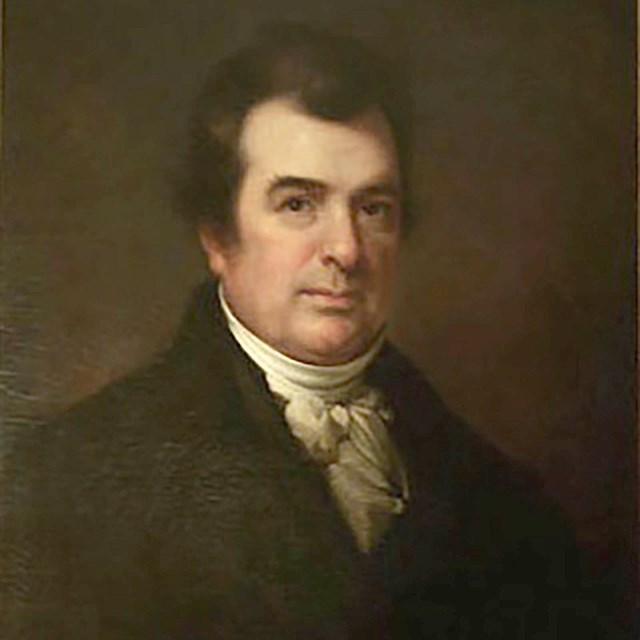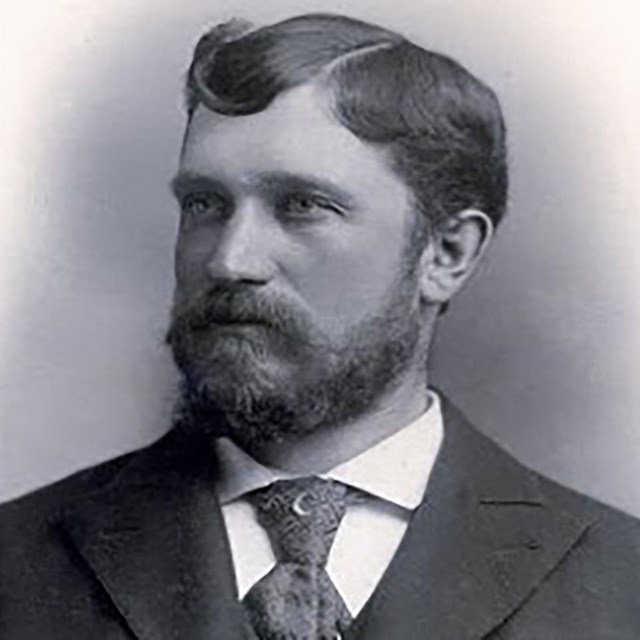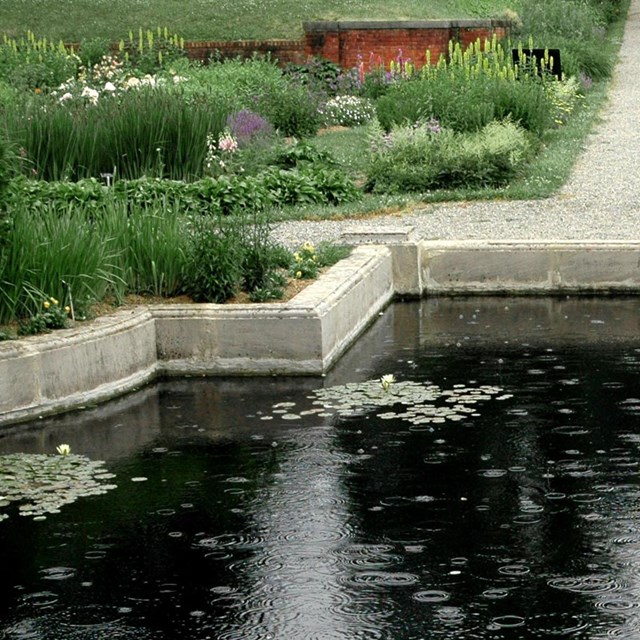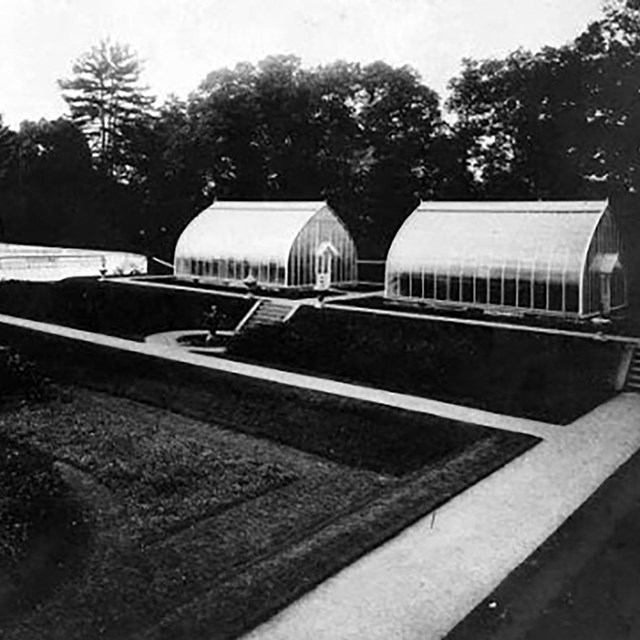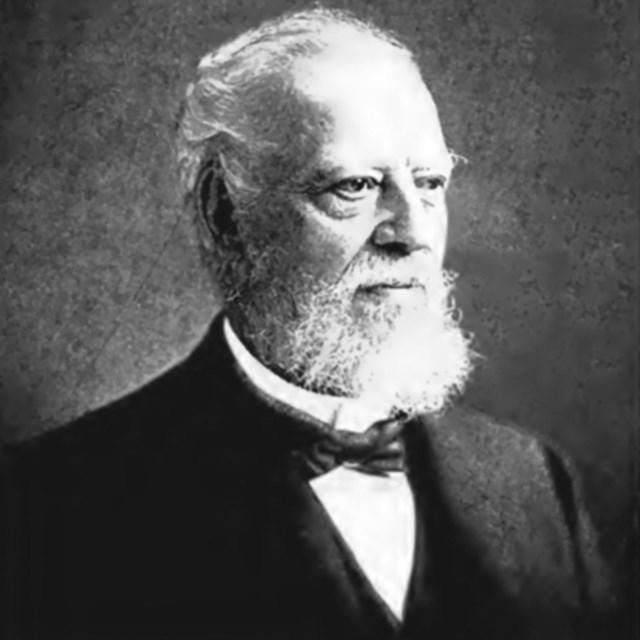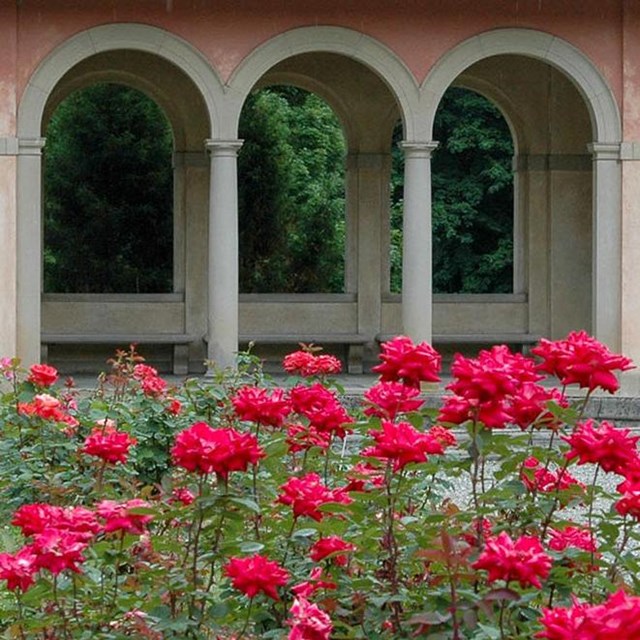|
During the four decades that Frederick and Louise Vanderbilt owned Hyde Park, from 1895 to 1938, nearly every structure on the property was replaced, with the exception of the Gardener’s Cottage and Tool House. Despite the extensive modifications to the structures, the organization and circulation of the estate remained quite similar. The enduring quality of the property was reinforced by the mature specimen trees planted by earlier owners, which by this time framed the core of the estate, preserving the picturesque style of the landscape. 
The Vanderbilts' modifications of the formal gardens were typical of late Gilded Age garden design. These gardens reflected the values of wealthy Americans who had benefited from the country’s rapid Western expansion and the application of new industrial technologies to the abundant natural resources of the vast country. Painters, sculptors, architects, and landscape architects encouraged their wealthy clients to envision America as the legitimate heir to the great cultural and political achievements of Classical Greece, Rome, and the Italian Renaissance. They turned to the design precedents of Classical and Renaissance antiquity as proper symbolic expressions of the achievements in science, commerce, industry, and democracy. During the late nineteenth and early twentieth centuries, technological improvements in transportation and greenhouse heating systems made it possible to import and maintain exotic plants, thereby increasing the palette for garden designers. Traveling abroad had become popular, which meant that clients were more receptive and enthusiastic about developing gardens with a European influence. Particularly influential was the Italian style of garden layout and design. The Vanderbilts traveled extensively both in Britain and Continental Europe and like many of their contemporaries were deeply impressed by the pleasure grounds and gardens they experienced. Back at Hyde Park, the Vanderbilts incorporated many of the design elements they had seen in Europe into their gardens. Landscape architect, architect, and artist Charles Platt, whom the Vanderbilts hired for a brief period, published his book, Italian Gardens in 1894, two years before the Vanderbilts purchased Hyde Park. In the book he set forth the design principles of Italian Renaissance and Baroque villas as the proper means of creating a setting of leisured elegance for the wealthy benefactors of the Industrial Revolution. Platt did not copy Italian villas; rather he sought to adapt them to American conditions of climate, topography, vegetation, and social use. The principal features of the Italian style advocated by Platt and many of his contemporaries included geometric patterning, axial spatial organization, and reliance on proportion and interconnection of parts by sight lines. While some designers firmly held to Downing’s principles, preferring “natural” lines as a counterpoint to what they saw as the harsh geometry of the city, other designers adhered to formal design principles, especially those evident in Italian gardens. The Vanderbilts, like many of their contemporaries, combined elements of both the picturesque or natural style and the European formal garden style at Hyde Park. They continued in the botanical traditions and preserved the romantic landscape of previous owners, but modified the existing formal gardens to reflect the era's taste for gardens in the Italian style. Over a period from 1901 to 1934 four noted landscape architects and horticulturists, including Charles A. Platt, James L. Greenleaf, Thomas Meehan and Sons, and Robert B. Cridland, all developed plans and oversaw construction on the formal gardens of Hyde Park. Three of these design professionals, Greenleaf, Meehan, and Cridland, altered various areas of the formal gardens. The end result was a complex of gardens that, though reasonably consistent in style by area, was the product of at least four different designers. History of the Gardens
|
Last updated: September 17, 2020

